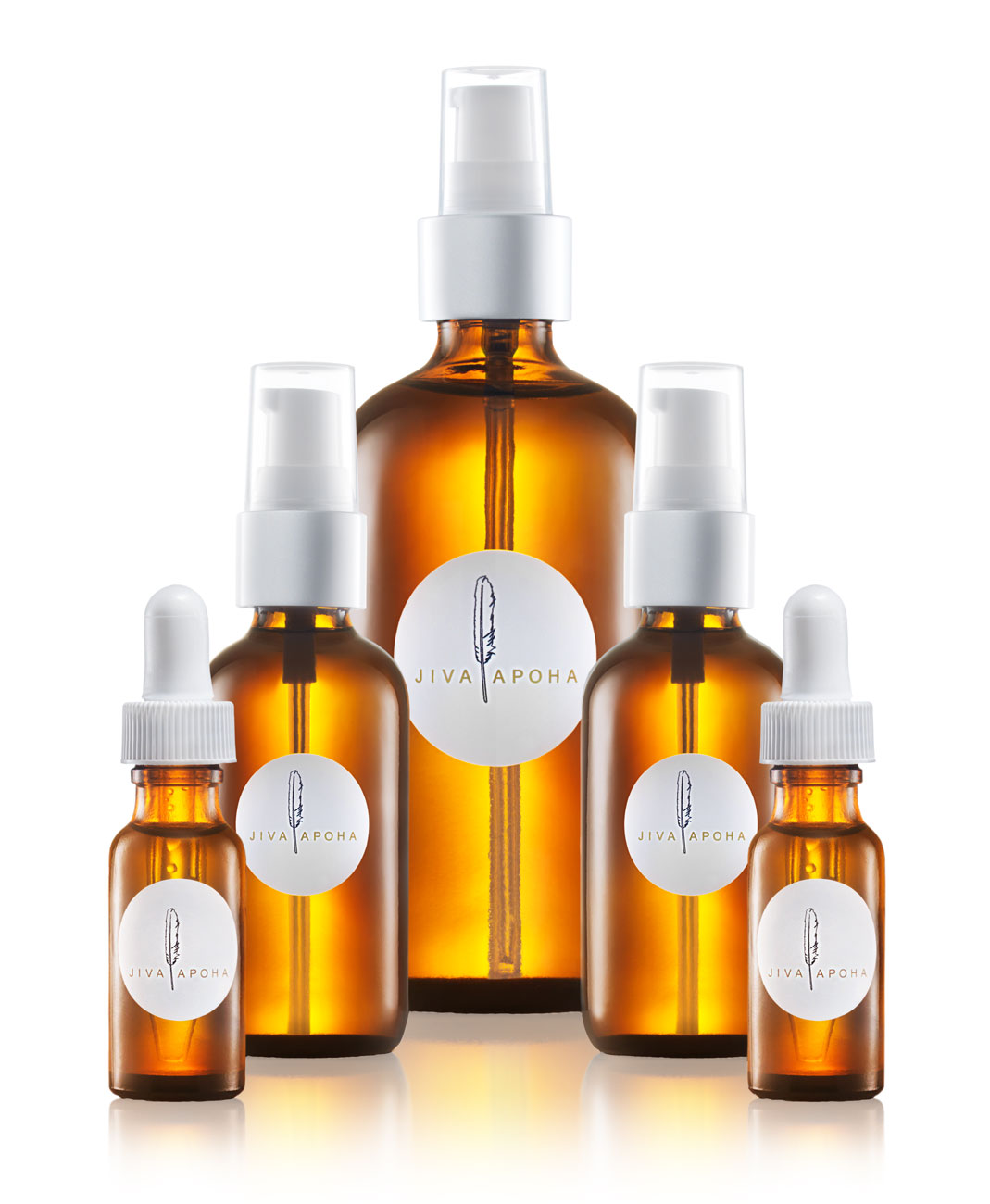Acids can be a valuable addition to just about every skincare regimen, and these ingredients can help improve the appearance of visible signs of aging, acne and more. Dermatologist Dr. Jennifer Ahdout of The Roxbury Institute in Beverly Hills gives us the scoop on the main acids to know about for both at-home products and in-office peels—and you may be surprised to learn some of the most familiar ones aren’t really acids at all.
Most people don’t realize that there are a variety of acids that are useful for improving and rejuvenating the skin, and each one has its advantages for particular skin types and concerns both at home and in the professional setting. The key to selecting the ideal acid (or acids) for your skin is understanding the nuances of these ingredients, and combining them properly with other actives to optimize the skin’s health and appearance. Acids are only one part of the skin-improvement and anti-aging formula, but they are extremely effective for minimizing signs of damage and promoting a healthy, radiant complexion.
A board-certified dermatologist is your best resource when it comes to safely incorporating acids into your at-home skincare and in-office treatments. Dermatologists have access to higher concentrations for in-office use, which is why professional peels can deliver better results. A series of lighter peels can provide improvement in fine lines, wrinkles, acne and scarring over time, however stronger peels that require a bit of downtime deliver faster, more dramatic outcomes. Whether you choose to use acids in your skincare or at the doctor’s office, here’s the scoop on the acids you’re most likely to hear about.
Glycolic acid
An extremely effective exfoliant originally derived from sugar cane (but now often synthesized in a lab), glycolic acid is commonly found in cleansers, serums, moisturizers and at-home masks, and it’s a go-to for in-office chemical peels as well. Glycolic acid has the ability to penetrate to the deeper levels of the skin (especially when used at higher concentrations in professional peels), and it has been found to increase cellular turnover and stimulate the skin’s natural collagen production. In layman’s terms, this means glycolic acid helps eliminate dead, dull surface cells and reveal fresh skin for in instant boost in radiance as well as wrinkle-prevention over the long-term. But with that said, glycolic acid may not be the best choice for sensitive or dry skin, as it can impede skin-barrier function. Those with darker skin tones should also use glycolic acid with caution, as this ingredient can cause inflammation that may lead to the production of unwanted pigment.
Hyaluronic acid
One of the most buzzed-about skincare ingredients these days, hyaluronic acid isn’t actually an acid at all. A sugar-based molecule that occurs naturally in the skin, hyaluronic acid is responsible for providing the skin with hydration that lends plumpness to the skin. Hyaluronic acid is a main ingredient in injectable fillers (which provide these benefits to the deeper layers of the skin), but it can also be applied topically to enhance hydration and smooth the appearance of fine lines and wrinkles without clogging pores.
Kojic acid
Despite its “acid” moniker, kojic acid is more of a skin-brightening ingredient than an exfoliating acid. This naturally derived ingredient is often used as an alternative to hydroquinone, or combined with hydroquinone in customized prescription-based skincare products to optimize improvement in unwanted pigment without additional irritation. Kojic acid is found naturally in soy-based foods, but it is generally lab-made for skincare use.
Lactic acid
Lactic acid is an alpha-hydroxy acid derived from milk. Though not necessarily considered a “heavy lifter,” lactic acid provides gentle, mild exfoliation that is appropriate for sensitive and rosacea-prone skin.
Mandelic acid
An alpha-hydroxy acid derived from almonds, its larger molecular size means it penetrates less deeply into the skin, in turn minimizing irritation while still providing exfoliating benefits. Mandelic acid’s gentle nature makes it an ideal exfoliating ingredient for sensitive and rosacea-prone skin.
Retinoic acid
This ingredient goes by many names, and it’s the base component of all retinol and retinoid products. The key for successful skin improvement when using this ingredient is proper application, which includes increasing use gradually to ensure skin tolerance. Whether used in the form of over-the-counter retinol or a prescription-based retinoid, it’s essential to start slow (as directed) to avoid the irritation that prevents many users from continuing use. However, following the recommended application protocol helps yield optimal anti-acne and anti-aging benefits with minimal side effects.
Salicylic acid
Because it’s a beta-hydroxy acid, salicylic acid is lipid-soluble, which means it can penetrate oil glands better. Salicylic acid is ideal for oily and acne-prone skin because it can help reduce oil production as it exfoliates dead skin cells to prevent the clogged pores that lead to breakouts. Salicylic acid can also help improve discoloration, a low-concentration peel can be used safely in darker skin tones.
Trichloroacetic acid (TCA)
Available exclusively in the professional setting, TCA peels are amongst the most intense and effective treatments for sun damage and wrinkles. TCA peels require a few days of downtime since redness and peeling are common. Although it’s advised to avoid sun exposure while using any exfoliating acid, it’s especially important to avoid the sun after a TCA peel to promote optimal healing and prevent pigment changes.
























